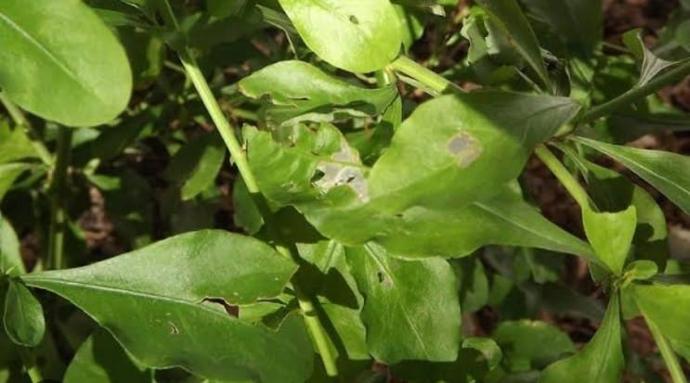Plumbago Plant
Plumbago, also known as Plumbago auriculata, is an outdoor flowering shrub. Plant in well-draining soil with full sun exposure. Water consistently and prune to shape the shrub. Fertilize during the growing season for optimal flower production. Mulch to retain moisture.
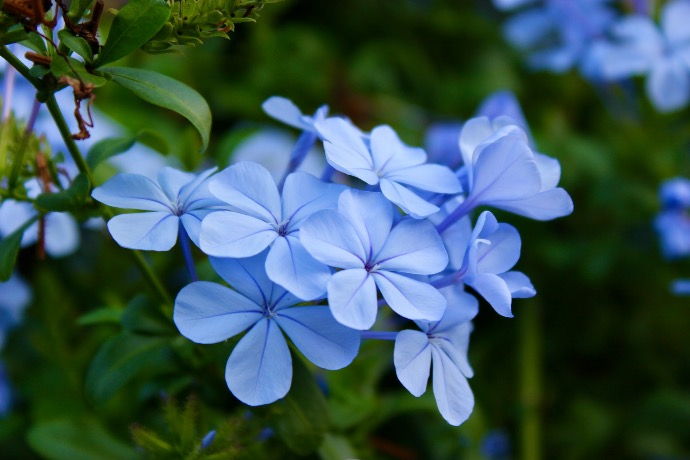
Habit
Shrub
Height
1 to 2 m
Growth
Fast
Soil
Well-drained, Loamy
Shade
Full Sun
Moisture
Moist
Edible
no
Medicinal
no
Origin
South Africa
Climatic Condition
Tropical, Subtropical
Temperature (°)
20°C to 30°C
Humidity (%)
60% to 80%
Potting media
50% Loam, 40% Sand, 10% Organic Matter
Fertilizers
Organic Fertilizer
Watering
Regular watering
Plant Weight
0.3 to 0.6 kg
Flowering Time
Summer to Fall
Soil Ph level
6.0 to 7.5
Water Ph level
6.0 to 7.0
Soil EC
0.4 to 0.7 mS/cm
Yield Per Plant
2 to 3 kg per plant
NPK ratio
10:10:10
life Span
3 to 5 years
Health Benefits
Ornamental, Medicinal
Suggested Grow Media or Potting Mix ?
50% loamy soil, 30% compost, 20% sand
Suggested Fertigation/Fertilizers
Fertilize every 4 weeks with a balanced, water-soluble fertilizer.
Common Diseases and Remedies
Powdery mildew , Leaf spot
fuzzy , greyish patches on the under side of the leaves .
neem oil
HEALTH BENEFITS
· Used in Ayurveda to treat skin disorders.
· Stimulates digestion and improves metabolism.
Has antibacterial and anti-inflammatory properties.
What Is A Plumbago?
Plumbago is a genus of flowering plants that includes 10 to 20 species. They are native to warm-temperate to tropical regions of the world and are also known as leadworts. Plumbago plants are popular in home gardens and commercial landscapes.
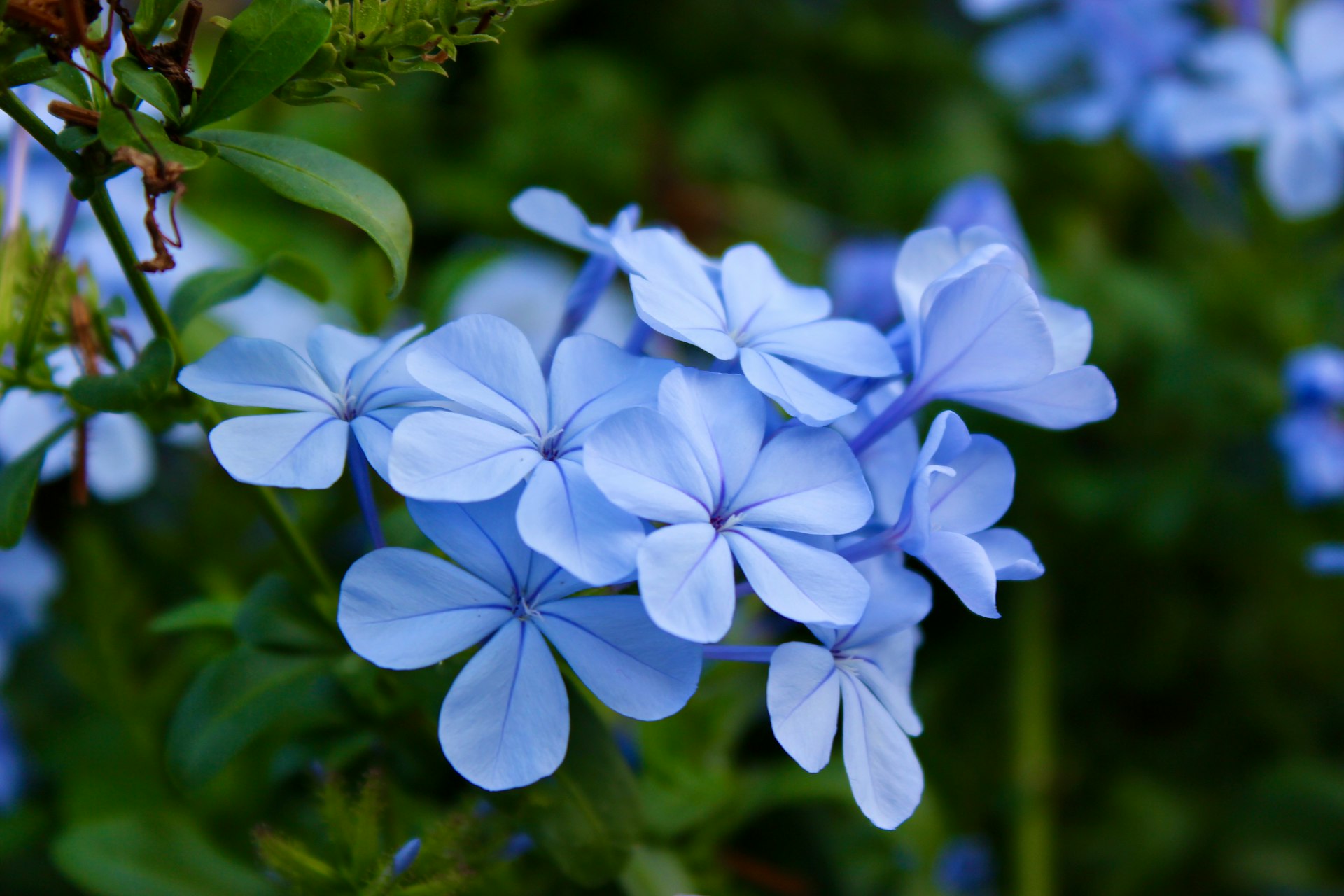
What Are The Different types of plumbago plants?
1.Plumbago:-
A drought-tolerant shrub or vine that can grow in sun or partial shade. It produces pretty blue flowers and is easy to care for once established.
2. Plumbago auriculata:-
Also known as blue plumbago, cape plumbago, cape leadwort, and skyflower, this small, expansive shrub features clusters of blue flowers.
3. Plumbago zeylanica:-
Also known as Ceylon leadwort or doctorbush, this species has a tropical distribution and flowers all year round. In height he can reach 0.5-2 m (1.6-6.6 ft).
4. Plumbago europaea:-
Also called plumbago, this perennial is native to central Asia and the Mediterranean region.
5.Leadwort:-
Also known as plumbago, this versatile perennial groundcover can grow in full sun, full shade, or partial shade. The height reaches 15-20 cm, and the width up to 18 cm.
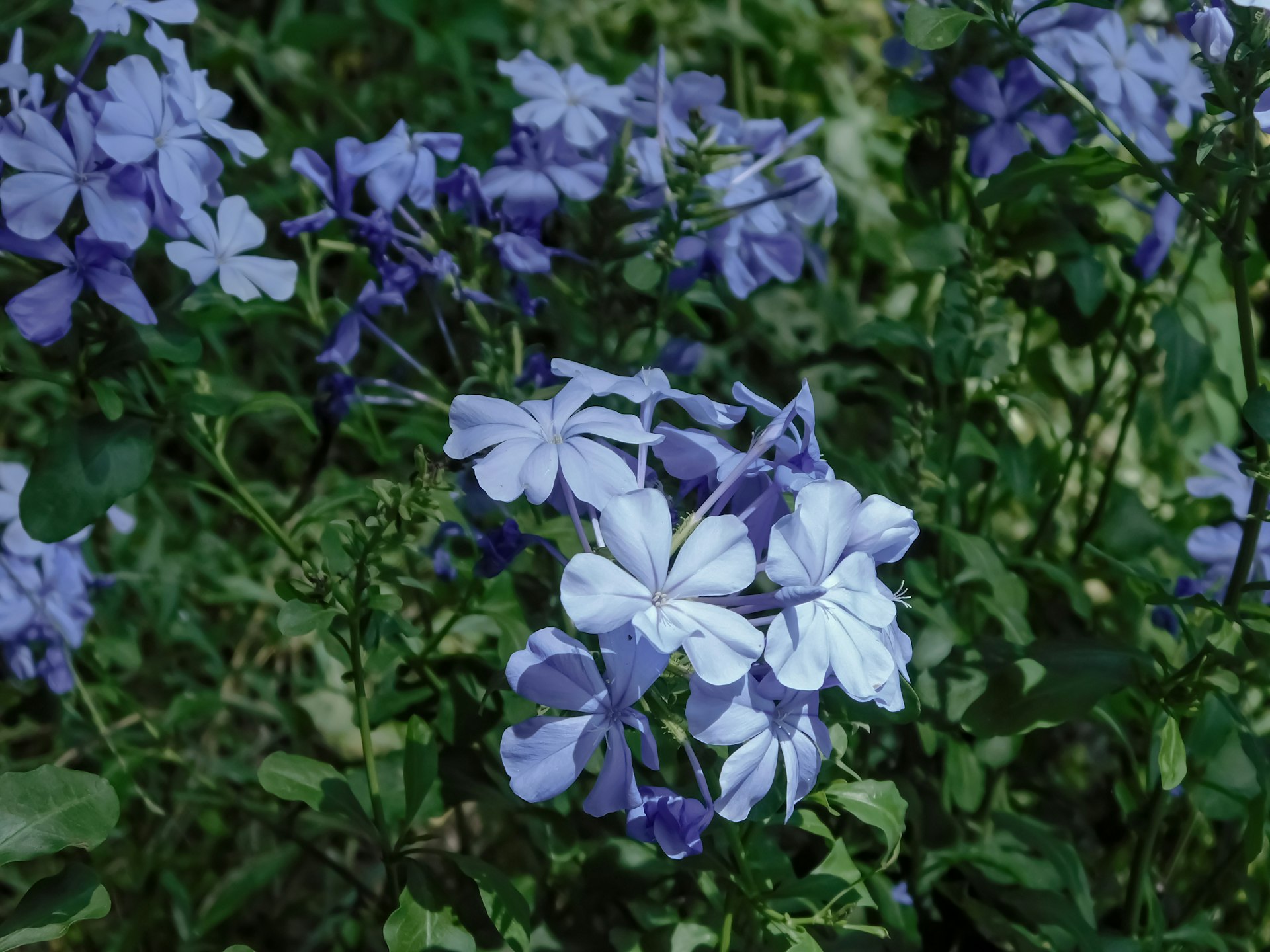
How To I care for a plumbago plant?
1.Location:-
In mild regions, plumbago can be grown outdoors in full sun in well-drained soil.
2.Sunshine:-
Plumbago plants prefer full sun or partial shade. It grows best in direct morning sunlight, but should be protected from strong afternoon sun in the summer.
3.Soil:-
Plumbago plants tolerate a variety of soil types, including sandy, loamy, and clay soils, as long as they are well-drained.
4.Hydration :-
Plumbago plants are drought tolerant and do not require frequent watering once established. After repotting your plumbago, water it regularly to help it establish better.
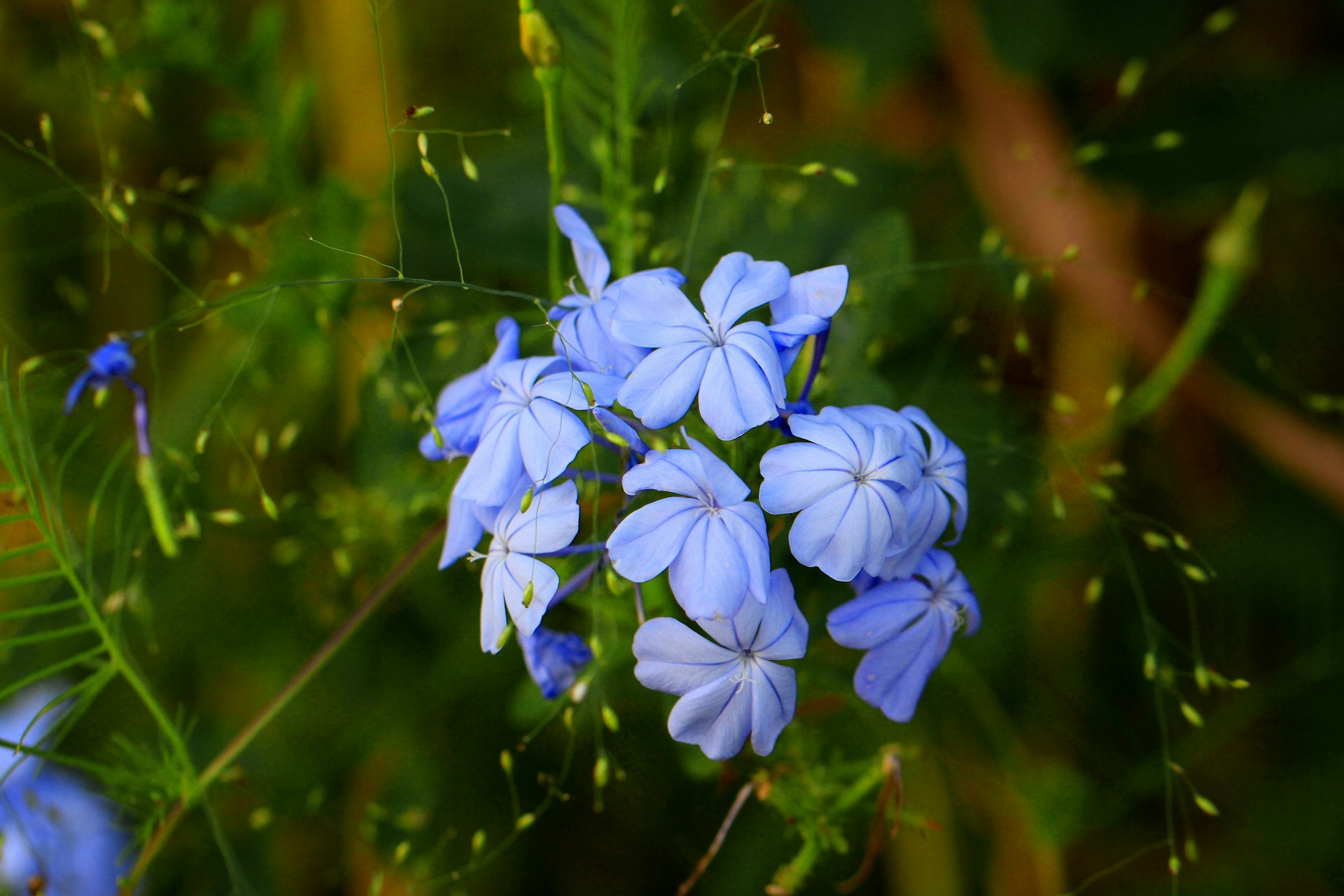
5.Nourshiment:-
Plumbago plants respond well to fertilizers, especially in spring and summer. Feed with a flowering plant fertilizer every few weeks during this time.
6.Issues:-
Frost damage , Capsicum thrips , Spider mites .
What are the benefits of plumbago plants?
Digestive Health
Inflammation
Immune System
Heart Health
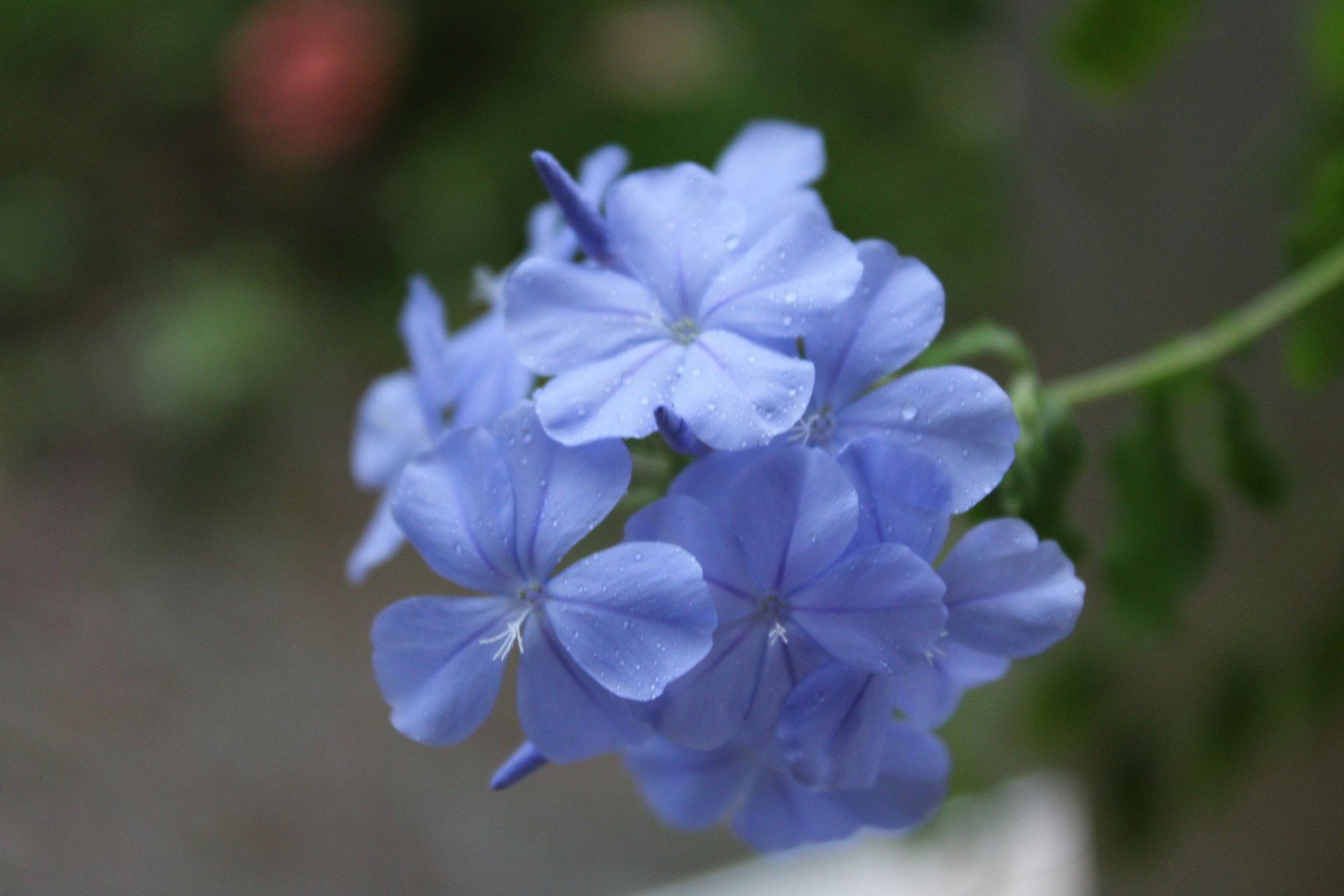
FAQ's About Growing Plumbago Plant
1.What is Plumbago?
Plumbago is a fast-growing plant that reaches full size in six months to a year. It's a plant. It is a moderately potent poison that can cause stomach upset, eye and skin irritation, and can be harmful if ingested. The bark, leaves, fruit, pollen, roots, sap, seed pods, and seeds are all poisonous.
2. Is plumbago an ornamental plant?
Yes, plumbago can be grown indoors as a houseplant.
3. Where is the best place to plant plumbago?
Plumbago plants prefer full sun to partial shade and well-drained soil. It tolerates a variety of soil types, including sandy, loamy, and clayey soils.
4. Can plumbago be grown in a pot?
Yes, plumbago can be grown in pots. Plumbago grows well in planters and can be used as a foundation plant.
5. How do I know if my Blue Plumbago is dying?
Wilting or discolored leaves are a sign that your Blue Plumbago may be suffering. Too much water? Muddy fallen leaves and wet ground. Submerged? Wrinkled leaves, brown tips.
